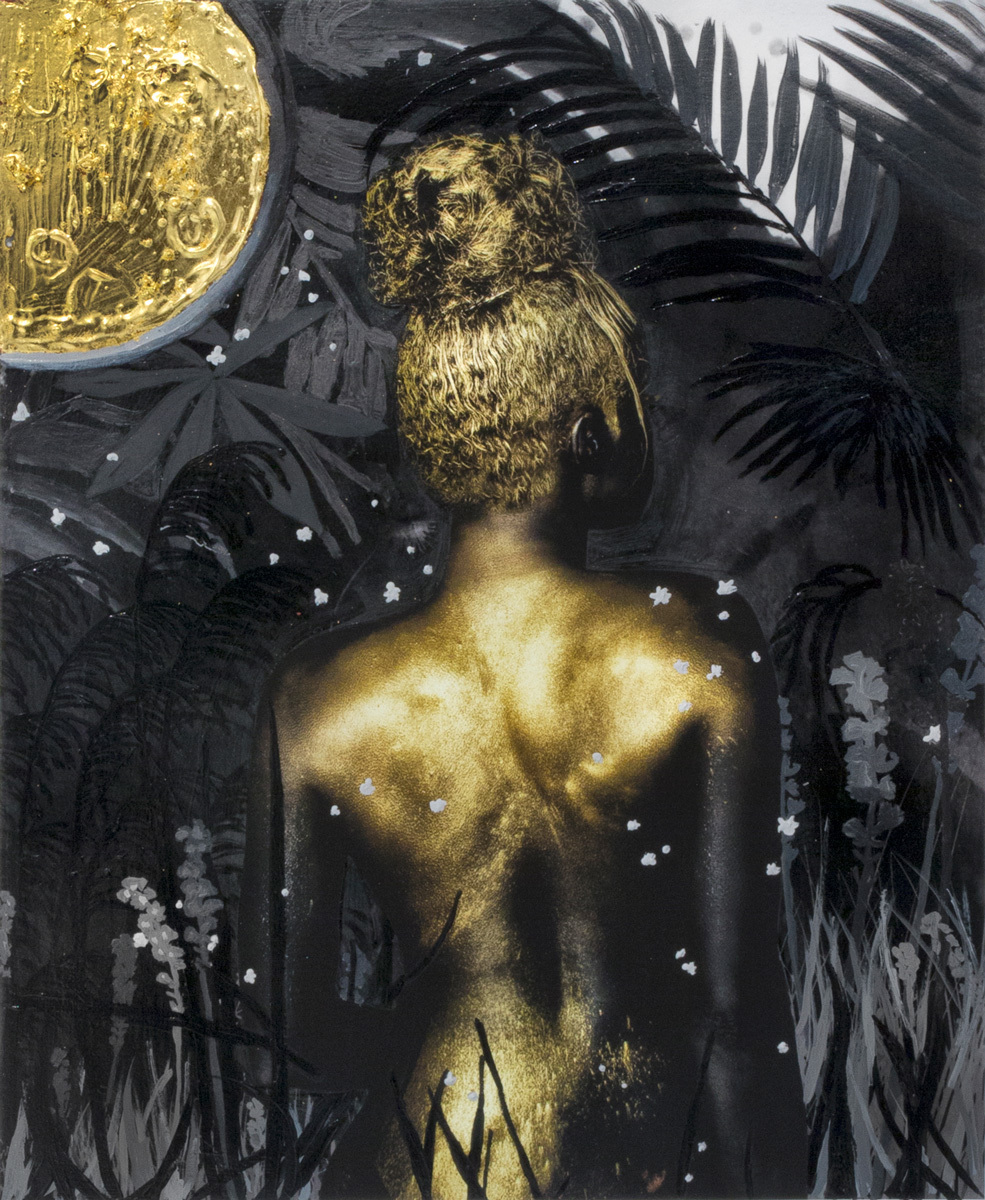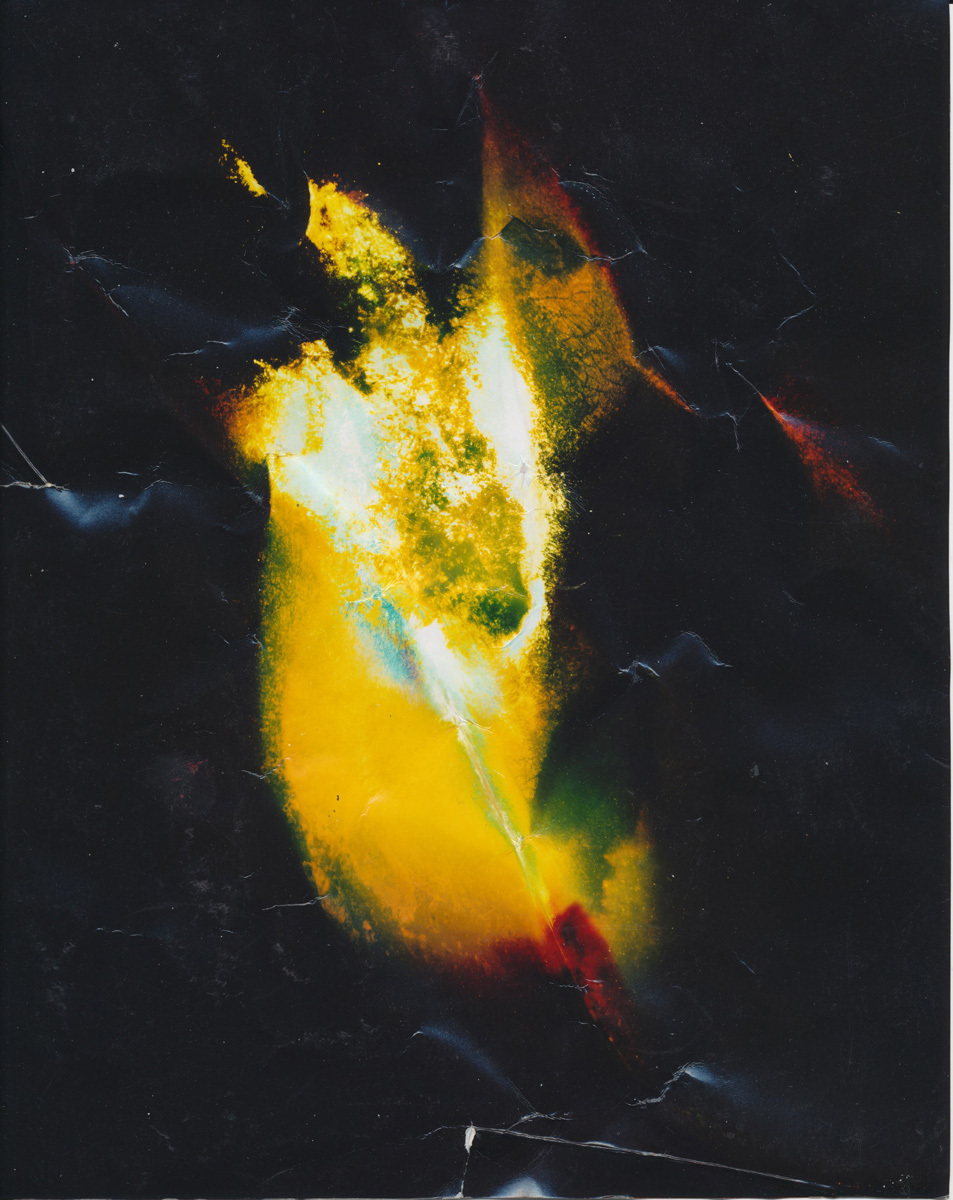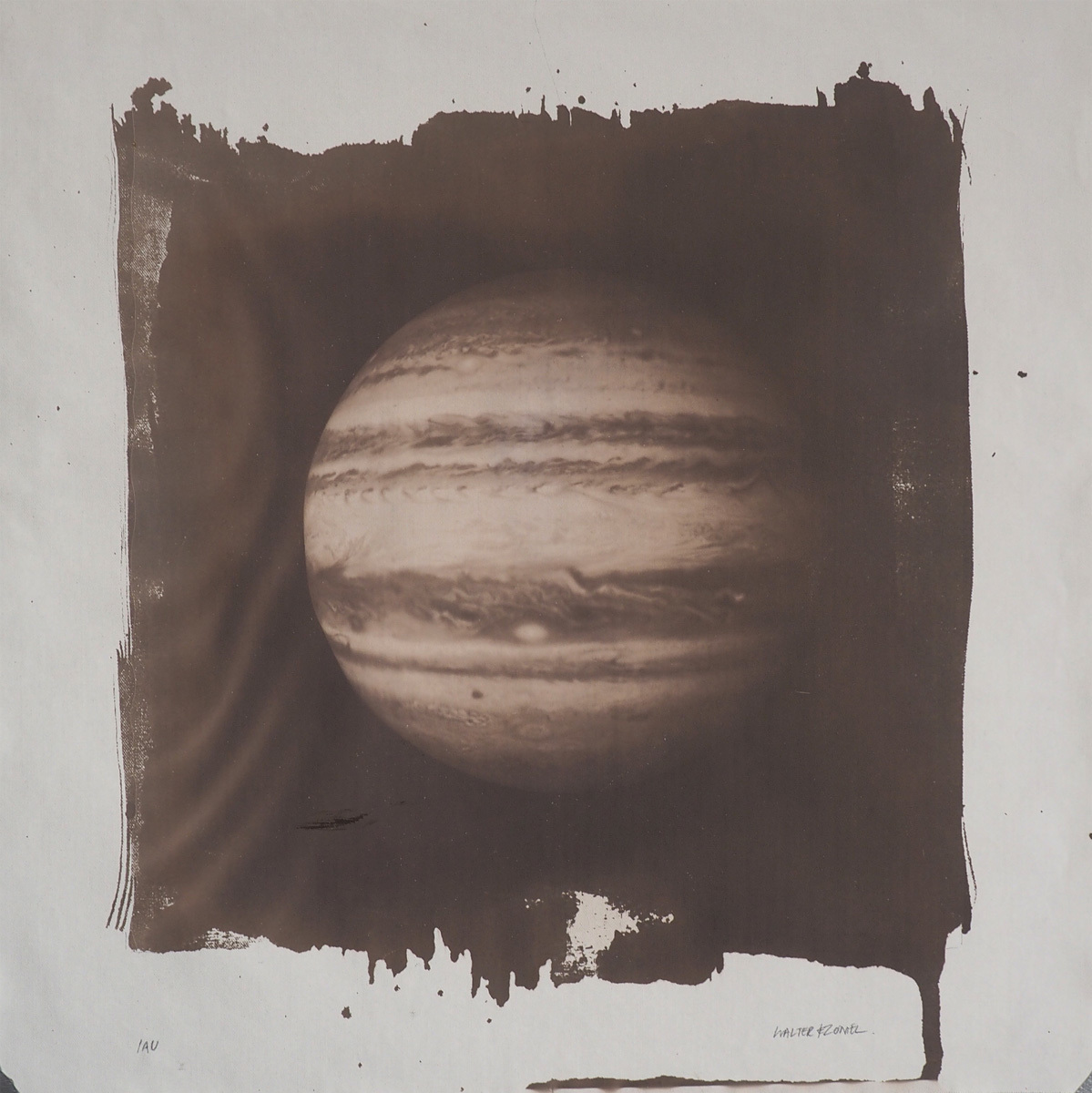This November, Cob Gallery invited artistic duo Walter & Zoniel to curate As the Cosmos Unfolds (Formationism.1), the first ever exhibition dedicated to the Formationist movement, and brings together the first wave of artists that maintain the Formationist ethos: Millie Brown, Victoria Fornieles, Lina Iris Viktor, Craig Lawrence, Kate Heath and Walter & Zoniel. Coined by Walter & Zoniel, the key principle behind Formationism is the creation of physical work whereby Conceptual and Process art are equally present. For Walter & Zoniel, Conceptualism today lacks physical impact. But on the other end of the artistic spectrum, too much attention can be placed upon the physical process. Formationism holds up both Conceptual and Process art as equally important amidst the current artistic climate, and the artists in this inaugural show uphold this duality in their various practices. For this particular show, themes of mythology and latent energy connect the works of Lawrence, Heath and Viktor whereas Brown, Fornieles and Walter & Zoniel present the more carnal and licentious aspects of the creative process.

As both founders of the movements, and curators of As the Cosmos Unfolds, could you talk briefly about each artist included within the exhibition, and in particular, in the ways the in which their work is Formationist.
The front room at Cob Gallery houses works of Lina Iris Viktor, Craig Lawrence and Kate Heath. The work of these three artists deals with latent energy and mythology.
Lina’s works are finely detailed photographic images for which she creates sets, paints herself in black and gold, photographs herself and then hand paints and gilds with 24 carat gold on top of each image. They relate to the stories of the darkness of space, the cosmos and stories of the previously named ‘dark continent’, alluding to the relationship with the western world and the ignorant invasions into a luscious and misunderstood land. Craig Lawrence’s giant floor installation symbolises the Greek mythological tales of the altar of Ara; the constellation within it housed all the artists of the show on the opening night for the first hour as an interruption of the space, playing with the social orbits we occupy at different moments. Kate Heath’s work references the Northern European rites of ‘sin eating’ – spiritual cleansing. Creating 33 edible sculptures each imbibed with all the sins of her life and wrapped in letters beholding her sins, hand-written on parchment. Participants were invited to consume the sculptures on the opening night of the exhibition. The conceptual transaction being that they would absolve her of her sins in the act of their consumption.
The works in the rear room of the gallery housed Victoria Fornieles, Millie Brown and our works, these all connected quite through the carnal or visceral elements of their creative processes. Victoria Fornieles’ Cuntograms are photograms made by placing colour photographic paper between her legs during the acts of Walking, Sleeping and Masturbating. The abstract images formed are both deeply personal and incredibly similar in their appearance to images of the cosmos. Millie Brown’s works were created in a performance on the night where she vomited watercolours filled with seeds onto prepared canvases. The seeds used needed to come into contact with stomach acid in order to germinate (normally passing through the digestive system of birds).

For your Pro-Creations (2016) works, included in the show, you went through an incredibly unique process to produce this series of photographic images. Could you explain the process and thought behind it?
To make each work we created salt prints of the seven planets that make up the days of the week in Welsh (and interestingly in Japanese too). Each planet was created on the day of the week that it represented, on which day we would procreate whilst meditating on the designated planet and then used the salt from our sex, along with Silver nitrate, as the medium for the chemical reaction of the salt print. We wanted to play with the idea of not just the latent energy in all matter, but the strongest form of that energy that human’s hold, which is in our sex cells. The works relate to the echoes of orbits above us in the cosmos, around us socially and within us physically in our cell.

Could you talk about Millie Brown’s performance, titled Re-Germination (2016), and how it developed on from her previous regurgitation performances?
The performance was quite unique from her other works. She created watercolour (instead of dyed milk) works on canvas and using seeds to form part of the conceptual and process act. This resulted in works that look quite unique and different from other vomit works that she has made. The whole vibe of the performance was also really great; it’s an intense thing for people to behold. We’ve seen her perform many times before, but it was a concern for us having both a consumption (Let Them Eat Kate) work and a regurgitation performance going on at the same time. It was great though, and people loved it.
How do you envisage the future for Formationism?
Well we will continue working in this way for as long as we feel the creative expansion in these means. Artists require a sounding board and support system for the development of their ideas and their practice, which comes from a non-commercial entity within the art world. There is seemingly much support for the artist within the art world, but all of it comes in some shape or form from a commercial basis. It is only other artists working to the same ethos that can provide that support with pure artistic integrity. That is the social element of the Formationist movement, which is open to those working in this manner to progress.
As the Cosmos Unfolds (Formationism.1) is showing at Camden’s Cob Gallery until Saturday 3rd December. Thursday’s closing party will feature a conversation with the artistic duo.
Credits
Text Alexander Glover
